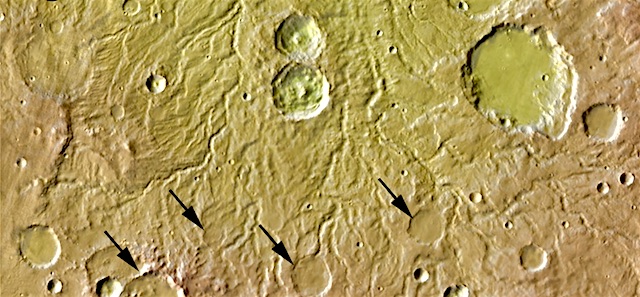 Heavy rain on Mars reshaped the planet’s impact craters and carved out river-like channels in its surface billions of years ago, according to a new study published in Icarus.
Heavy rain on Mars reshaped the planet’s impact craters and carved out river-like channels in its surface billions of years ago, according to a new study published in Icarus.
In the paper, researchers from the Smithsonian Institution and the Johns Hopkins University Applied Physics Laboratory show that changes in the atmosphere on Mars made it rain harder and harder, which had a similar effect on the planet’s surface as we see on Earth.
The fourth planet from the sun, Mars has geological features like the Earth and moon, such as craters and valleys, many of which were formed through rainfall. Although there is a growing body of evidence that there was once water on Mars, it does not rain there today.
But in their new study, geologists Dr. Robert Craddock and Dr. Ralph Lorenz show that there was rainfall in the past – and that it was heavy enough to change the planet’s surface. To work this out, they used methods tried and tested here on Earth, where the erosive effect of the rain on the Earth’s surface has important impacts on agriculture and the economy. [More at links]








